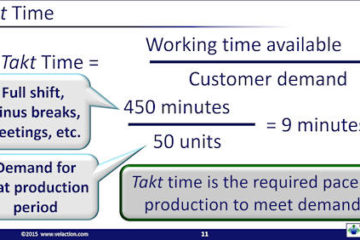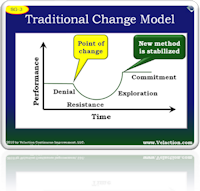Lean Terms
Curiosity
Curiosity is the desire to learn more, or the state of dissatisfaction with a lack of knowledge. It is also a fundamental part of any problem solving mentality. Curiosity provides the drive to follow up on an issue once it is identified. It gives the spark that makes people continue Read more…



